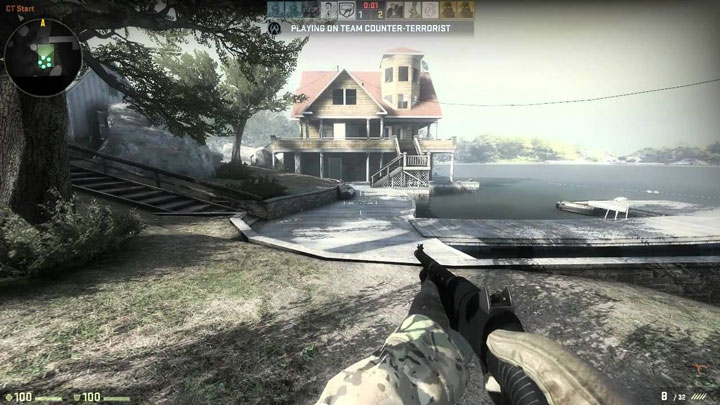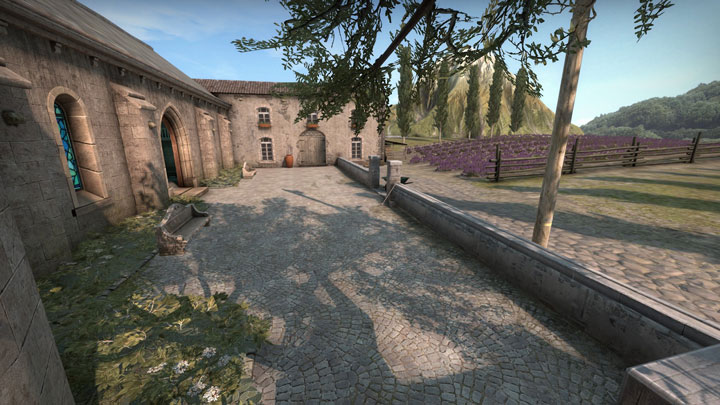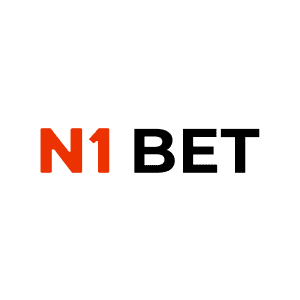CS2 Map List: Every Playable Map
Since its release in 2012, CS2 has seen many changes by Valve in order to make it look better, more balanced, and more entertained for its international and growing playerbase. Some of these changes specifically regard maps. In our CS2 map list, we will be looking at all the map types, as well as the groups in which they are divided. We’ve come a long way since the old, original Counter-Strike maps and now have various ones for every game mode.
Map Types
There are seven main game types, depending on the objective you have in a specific game mode. All games on CS2 are played in two teams, the Terrorists and the Counter-Terrorist, but the way in which each faction plays and their goal in the game varies, as you will see.

Bomb Defusal
As the name suggests, the aim of Terrorists is to plant a bomb at one of the two specific locations and defend it until it explodes or kill the entire enemy team before they are able to diffuse the bomb. Viceversa, the Counter-Terrorists have to diffuse the bomb, run the time down, or kill all Terrorists.
This mode is the most popular one, also because it’s the one we are accustomed to see in pro matches. The twelve maps are divided in two groups, the Active Duty Pool and the Reserves.
- Active Duty Pool: Dust II, Inferno, Nuke, Train, Overpass, Mirage, Vertigo.
- Reserves Group: Cache, Cobblestone, Canals, Anubis, Chlorine.
Bomb defusal maps are characterized by the prefix de_.
Hostage Rescue
This mode is centered around a group of hostages. They were four or more in previous versions of the game, but now there are just two of them. They were captured by the Terrorists and need to be freed by the Counter-Terrorists. The latter, as an alternative, can also win the game by killing all their opponents.
There are five maps in total and are marked by the prefix cs_.
- Italy
- Office
- Assault
- Militia
- Agency
Arsenal: Arms Race
The first of the three so-called “War Games”, it is the classic team deathmatch; you start the game without weapons and must work your way through the game by killing your enemies and collecting weapons until you reach the final in which you have to use the infamous golden knife.
- Baggage
- Lake
- Safehouse
- Shoots
- St. Marc
- Monastery
- Lunacy
Arsenal: Demolition

It is the second War Game. The concept is very similar to Bomb Defusal (in fact, the prefix is the same, de_). However, the maps are smaller as there is just one site where to plant the bomb. You can receive new weapons after each round if you have killed at least an enemy in such round.
- Bank
- Lake
- Safehouse
- St. Marc
- Sugarcane
- Shortdust
Flying Scoutsman
The last of the three War Games, the concept is similar to Arms Race but with a funny twist. Gravity is reduced, and midair acceleration increased, so you can play at eliminating your opponents while you are basically flying. The only two weapons allowed are the SSG 08 rifle and the knife.
- Dizzy
- Lake
- Lunacy
- Safehouse
- Shoots
Wingman
This game mode is characterized by a game similar to Competitive in terms of rules, but a bit different in terms of playstyle and maps, as the mode features two teams of 2 players each only, and reduced maps with just a single bomb site, closer to the point of the players’ spawn.
In the list below featuring all Wingman maps, you will see in the parenthesis the bomb site featured in this game mode between the two usually available if you would be playing a classic Bomb Defusal match.
- Cobblestone (Bombsite B)
- Inferno (Bombsite A)
- Lake
- Overpass (Bombsite B)
- Shortdust
- Train (Bombsite A)
- Rialto
- Shortnuke
- Vertigo (Bombsite B)
Danger Zone
The last mode we are covering is the one introduced in the 2018 update. It is Valve’s version of a Battle Royale game for CSGO. It features 18 players into a single battle arena who have to battle against each other and collect equipment in order to defeat their enemies and be the last warrior standing.
There are currently three maps in this mode:
- Blacksite
- Sirocco
- Jungle
Only one is available for matchmaking at a time and is different every 10 minutes.
Map Groups
In an update from 2014, Valve introduced a system of map grouping to better organize existing and future maps. The system was last updated 3 years ago and is structured in 9 sections.
- Dust II. Previously a part of the Active Duty group, from 2017 onwards, the Dust II map is part of its own homonym group.
- Active Duty. As we have previously seen, it contains Bomb Defusal maps only. They are probably the most popular ones and, thus, the ones that are kept more balanced. Maps in here are those officially played in competitive matches. In fact, after an update in late 2017, the group doesn’t exist in itself but rather demarcates a selection of maps that make up for the competitive map pool.
- Reserves. Again, only Bomb Defusal maps are part of the group. They are all currently removed, as the popularity is not so high, and the category doesn’t exist anymore after the last 2017 CS2 update.
- Defusal Group Delta and Sigma. These two groups consist of maps in both the two previous groups. Since the Bomb Defusal maps are 11 in total (excluding Dust II, which we said belongs to a separate group), Delta includes 6 maps while Sigma includes the remaining 5.
Delta: Inferno, Mirage, Nuke, Cache, Overpass, and Train.
Sigma: Anubis, Chlorine, Vertigo, Cobblestone, and Canals.
- Hostage. It is a group composed of the 5 hostage rescue maps that are never played in official matches. We are talking about Office, Agency, Italy, Assault, and Militia.
- Operations. The section includes all those maps that are in the currently active Operation. If there is no active Operation, then the section is empty.
- Arms Race. It includes all the maps currently active and available to be played in the Arms Race mode.
- Demolition. Same as before, the group consists of those maps you can play if you choose the Demolition game mode.

Official And Custom Maps
We are used to think of maps as created by the game’s developer. However, in CSGO, this is not always the case. Some of these maps were (and are) created by developers that are not part of the official ones. They are the Custom maps.
What is interesting is that the majority of the currently official maps, i.e., those now handled by Valve, were created by the community and then adopted by Valve, who made them the official ones we now all know.
Because of this importance Valve places on the work of the community, the Steam Workshop becomes an essential place when we talk about CS2 maps. The ones with the most support in the workshop are likely to be picked up by Valve, so there is always the chance to see your creation in a pro match.
Some maps, however, were left behind. CS2 has a lot of history behind. For example, original CS modes like Assassination and Escape, and, consequently, their maps, are no longer featured in CSGO.




No Comments